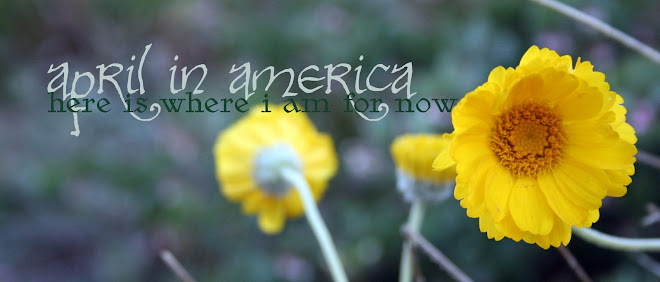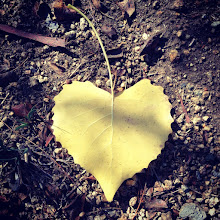Our most recent field trip was to three points south, and while the other two were interesting i have no photos of them. This is an ocean-facing view of the main courtyard at the Salk Institute in La Jolla, designed by Louis Kahn. Quite an amazing place architecturally, several visual tools are used here. For one thing, notice the lines toward the horizon? They aren't equal in width to length, making the courtyard look much larger than it is. (I have a photo with a classmate to the side that neatly puts it to scale, but he's identifiable and i don't want to post a photo without permission!) The ocean isn't visible from this point, but if you step forward a little all of a sudden it's there, and when people walk across the far end, their heads line up with the horizon. Architecturally, that is a position of power and dominance for this courtyard. You have to watch where you step because little drainage ditches are carved into the stone, as well as a runnel. Our tour guide said they cover up the ditches and stop the runnel for the annual gala so that people don't break the heels off their shoes. And it's very windy!
The architect chose materials that blend together: the color of the water echoes the eucalyptus and lime trees at the other end of the courtyard, and the concrete walls were finished so that as they age, they will more and more closely resemble the travertine used on the ground plane. The ocean is just barely distinguishable in this photo--it was a hazy, overcast, cold day, and a lot of the time the sea blended into the sky.





No comments:
Post a Comment